During the PolarTREC Live from the IPY! webinar on Wednesday, my wonderful mom asked a great question that I unfortunately never got around to answering. I apologize, Mom! She e-mailed me the question later in the day and I would like to answer it in this journal, and elaborate a little more.
My mom's question arose from a part of the webinar in which I mentioned that the Cotton GlacierA mass of ice that persists for many years and notably deforms and flows under the influence of gravity. stream changes dramatically over the course of the Antarctic summer. She wondered what the changes were and why they come about.
We first went to the Cotton GlacierA mass of ice that persists for many years and notably deforms and flows under the influence of gravity. on December 1 as part of a helicopter reconnaissance tour to see if the stream was flowing. We found two of the three stream sites we are hoping to sample from this year were flowing, but they were shallow, and not very wide.
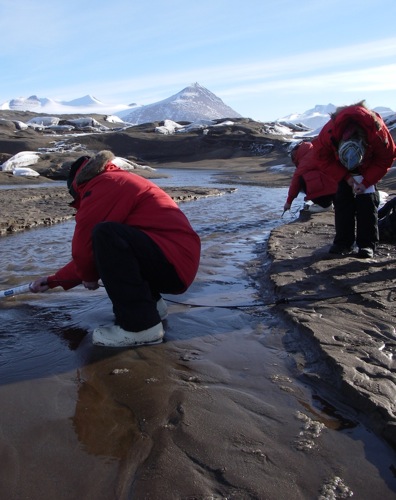
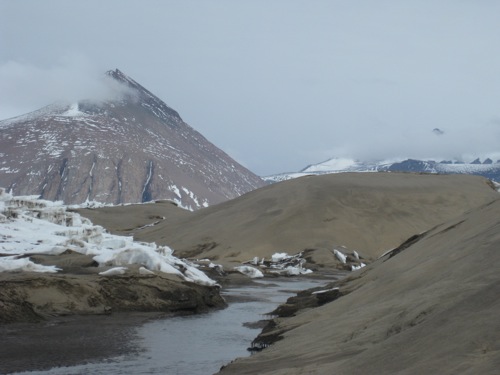
On the 9th, Christine, Mike, and Birgit returned to the Cotton GlacierA mass of ice that persists for many years and notably deforms and flows under the influence of gravity. to find the stream on top of the glacier deeper, flowing faster, and much wider than it was eight days before. In addition, the terrain around the stream had changed- the snow melted and the piles of sediment more prominent. Rather than stomping through piles of ice and snow, Mike, Birgit, and Christine were walking across sediment as fine as sand. I cannot wait to continue to document the changes in the Cotton GlacierA mass of ice that persists for many years and notably deforms and flows under the influence of gravity. over the course of our expedition. We are returning to the GlacierA mass of ice that persists for many years and notably deforms and flows under the influence of gravity. on the 15th, and the 22nd, and hopefully one more time before we leave in January.
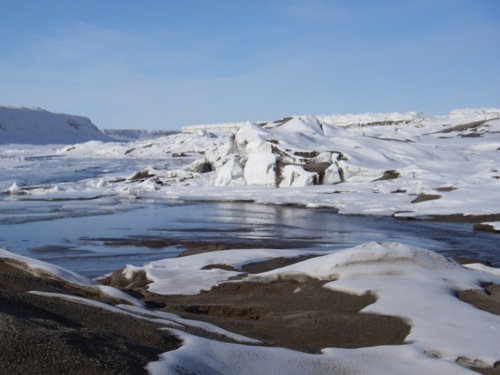
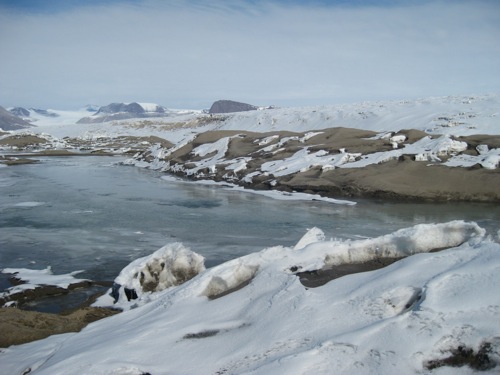
Similar changes are apparent in many other places in Antarctica. At the Lake Fryxell field camp, we typically walk from stream to stream over the frozen lake rather than on land, because we do not want to harm the fragile terrestrial environment. When we first arrived at Lake Fryxell we could walk directly from the shore onto the Lake ice, because the lake was frozen solid all the way up to the shore. Less than a week later, we were pulling a rope hand over hand while in a small aluminum skiff across a moat to the lake ice. The moat measurably increased in width everyday. Luckily, the lake is deep enough, remains well frozen, and is still safe to walk upon even when there is a moat encircling it.
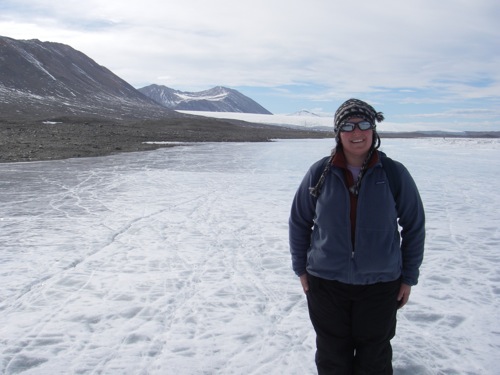
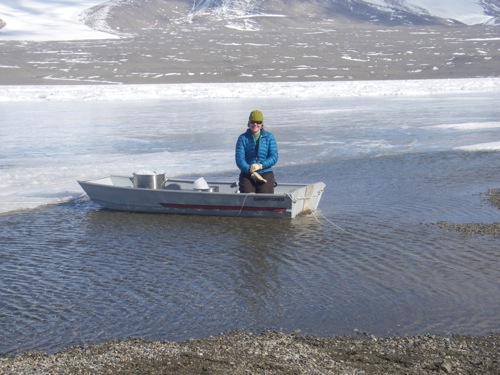
When I first arrived at McMurdo Station, the town looked like a winter wonderland- snow covered roads, nearby mountains and hills brilliantly white, and large drifts of snow surrounding all the buildings.
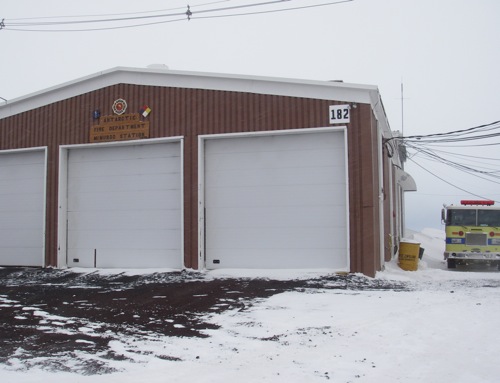
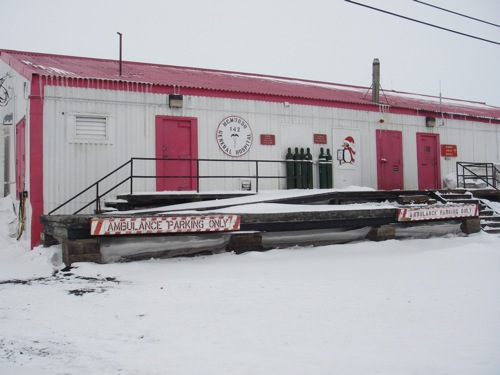
Now, there are patches of dirty snow hidden under buildings, or in shadowy corners of town. Dirt roads replaced ice-covered tracks. There is no need to walk cautiously while outside for fear of slipping in the ice, instead we now watch out for muddy puddles and streams running down paths and dotting the roads. Rather than bundling up against blowing snow when heading outside, I now cover up to minimize the amount of dirt and grime that is carried everywhere by the wind.

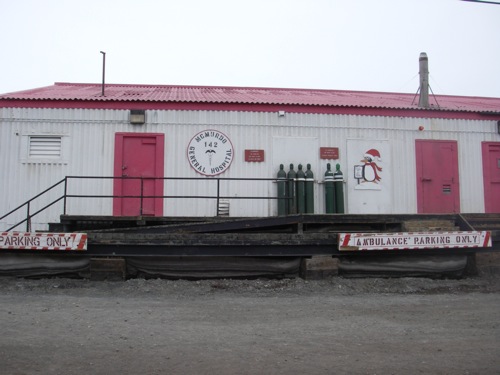
Have you any clue as to why we are experiencing so many changes in the Antarctica scenery? If your brilliant mind thought, "why, duh, it is summer in the Southern Hemisphere." You are right on! Even Antarctica is affected by the change in seasons. Not that it ever gets warm enough to run around in shorts, tank-tops and flip-flops, unless you are a crazy person, but there is no real reason to wear all the ECW(abbreviation) Extreme Cold Weather clothing gear while walking around outside. The recorded high temperature for the month of December at McMurdo stands at 42F! The lowest temperature so far this month is 16F. It is colder back on my lovely Whidbey Island, WA than it is at McMurdo Station in Antarctica. Whidbey Island is even experiencing some snow and plenty of wind, while I have not seen a single flake fall from the sky in over a week. Other areas in Antarctica do not experience such high temperatures in the summer, but throughout this continent there is a definite and recognizable difference in weather and temperatures throughout the seasons. Last, but not least, do not forget that for the summer months in Antarctica the sun never sets. Even on a cold day, the surface warms up if there is little cloud cover because the Sun's rays beat down upon it.


Comments